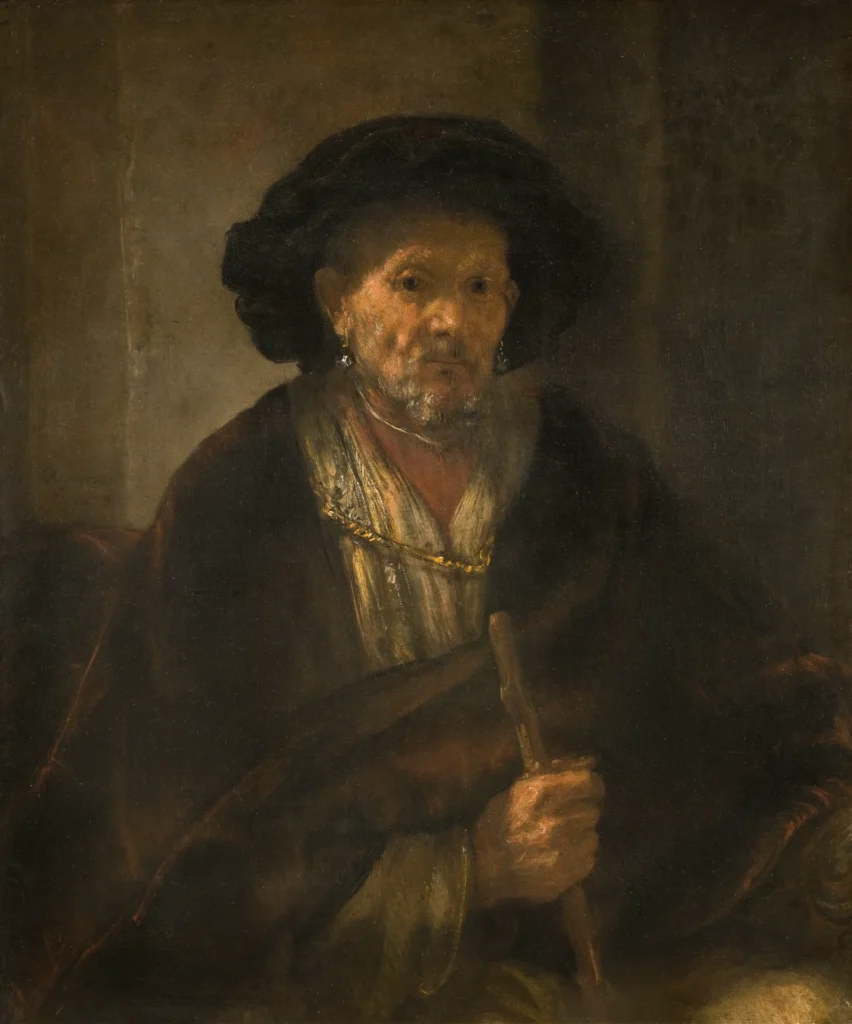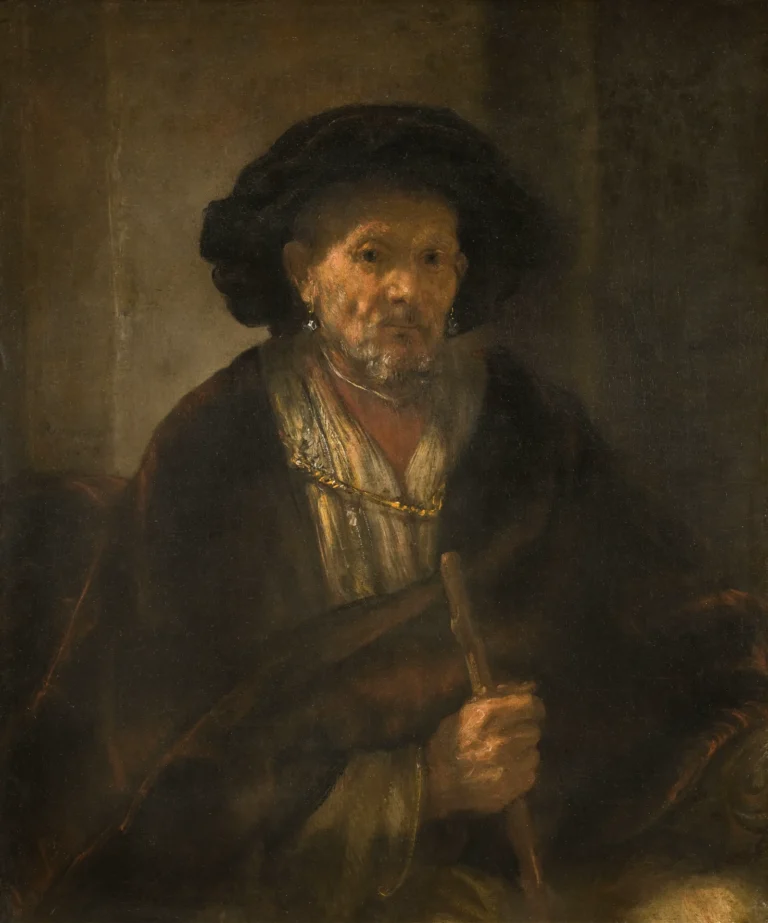A Portrait of an old man
Rembrandt van Rijn created numerous portraits of elderly men, each reflecting distinct characteristics and historical contexts. His works, such as 'Old Man with a Gold Chain,' 'Portrait of an Old Man' circa 1660, and 'Portrait of an Old Man (The Old Rabbi)' from 1665, illustrate his incredible ability to combine rich lighting and profound emotional depth. Ranging from early explorations in Amsterdam to mature expressions of contemplation, these portraits exemplify the masterful craftsmanship that defines Rembrandt's legacy.
1631, 1660, 1665
About the Artwork
The portraits of old men painted by Rembrandt van Rijn resonate deeply with viewers, telling stories of wisdom, experience, and the passage of time. 'Old Man with a Gold Chain' marks Rembrandt's transition to Amsterdam, showcasing his keen observation of character through meticulous detailing of the subject's attire and demeanor. Moving towards his later works, the 'Portrait of an Old Man' around 1660 highlights the introspective nature of his subjects, revealing their inner thoughts through contemplative expressions. The striking painting known as 'The Old Rabbi,' dating from 1665, further embodies this sentiment, portraying a pensive figure shrouded in rich textures and dark tones, a nod to the depth of faith and knowledge in older age. Each portrait stands as a testament to Rembrandt's relentless pursuit of capturing human emotion and the complexities of life.
Did You Know
Liked what you see? Add it to your collection.
Enjoyed reading? Share it.
... continued
Old Man with a Gold Chain (1631)
This painting is one of Rembrandt's early works, created around 1631 when he was transitioning from Leiden to Amsterdam. The portrait depicts an elderly man wearing a gold chain and a steel gorget, suggesting a military background, along with a plumed beret. The face is that of a real person, believed to be one of Rembrandt's favorite models, though not definitively identified. The painting is characterized by its use of rich, subtle lighting and is part of the Mr. and Mrs. W. W. Kimball Collection at the Art Institute of Chicago.
Portrait of an Old Man (circa 1660)
This portrait, possibly depicting Jan Amos Comenius, is dated to around 1660. It shows an old man sitting in an armchair, created using oil on canvas. The painting emphasizes the subject's contemplative expression and is known for its detailed and textured brushwork. It is housed in the Galleria Palatina.
Portrait of an Old Man (The Old Rabbi) (1665)
Signed and dated in 1665, this portrait is from the later part of Rembrandt's career. The subject is believed to be a Rabbi, possibly Rabi Haham Saul Levy Morteira, although this is not confirmed. The painting is notable for its dark background and the detached, pensive expression of the old man. It is characterized by Rembrandt's use of thick, textured colors and is displayed in the Palatine Gallery of the Pitti Palace in Florence.










